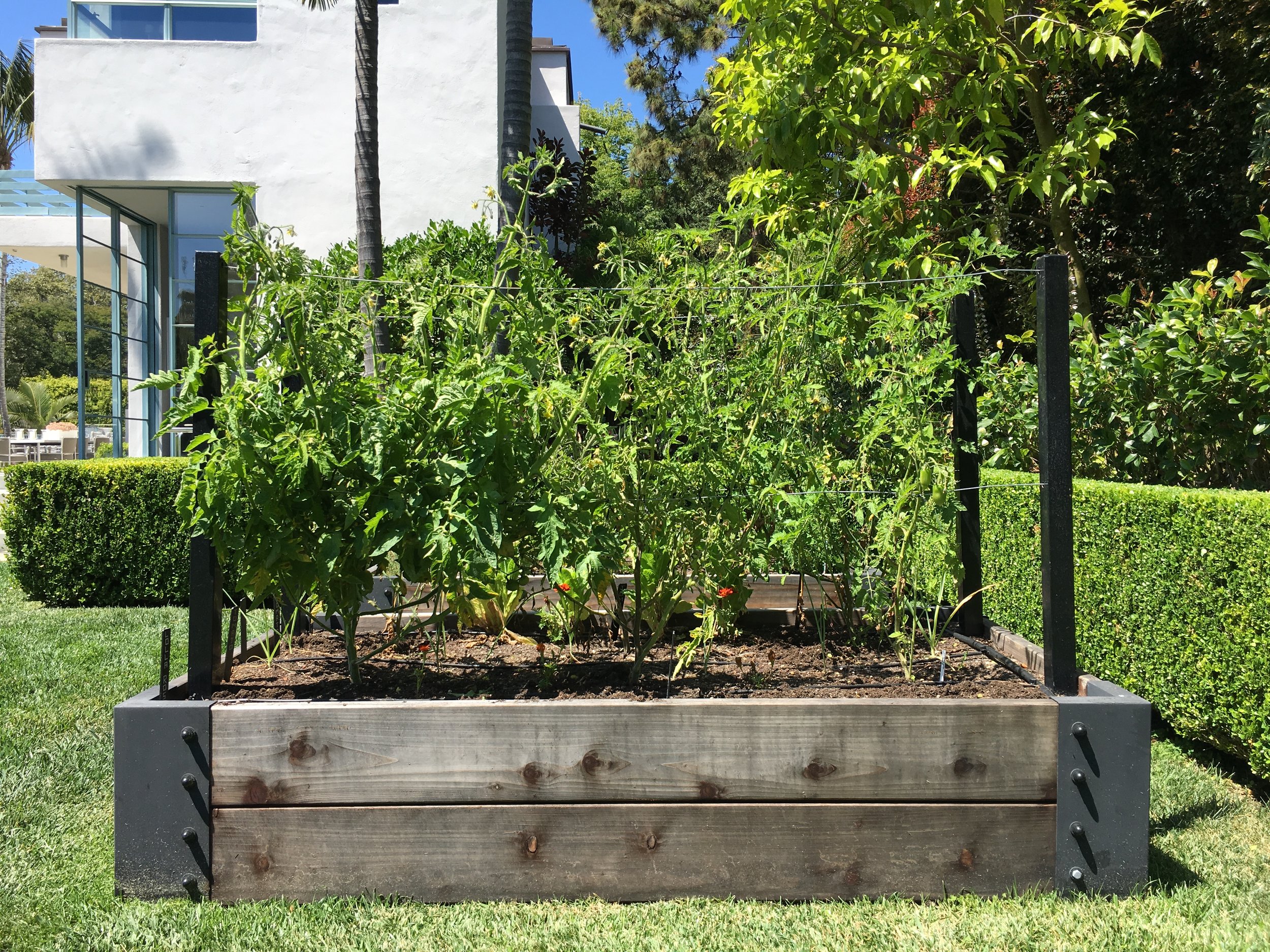As the summer begins and you visit your local farmers’ market or grocery store you may notice some plant varieties labeled as heirloom. Unless your a well-seasoned gardener, you may not know precisely what that means! For example the most common heirloom vegetable that you are likely to encounter are tomatoes. But there are many more heirloom varieties out there. Heirloom eggplant, squash, corn and many more are becoming more widely available. Heirloom vegetables are not always easily identifiable, however a simple indicator would be their unique features in appearance such as a striped Cocozelle Zucchini, a uniquely shaped White Bush Scallop Squash or a colorful variety of carrots!
Heirloom varieties are grown from seeds that have been passed down through generations, some dating back centuries. Most plant experts classify heirlooms as pre 1951, before the widespread offering of hybrid vegetables. Hybrid plants are created when plant breeders cross two selected varieties to create a plant with desired characteristics. Hybrid plants are often used in large scale agriculture due to their ability to grow quickly, have disease resistance, or any other trait the plant breeder has selected as a priority.
However, older heirloom varieties can have their benefits over more recently developed crops.
In the past seventy years, crops have been developed with commercial growing in mind, whether it’s extending shelf life, boosting production rate, growing larger size produce, or boosting resistance against disease. These traits are helpful to aid farmers and is largely responsible for the abundance of food we are able to access. For farmers, growing a crop that produces high yields, ripens all at once for easy harvest, and can be shipped around the world makes sense. But what about you, the consumer?
Take for example your typical Roma tomato, not that we have anything against Romas, but the ones that you find in your local market can often taste rather bland and boring. This is because plant breeders have chosen characteristics that favored high yields but have, in essence, lost the traits of flavor and richness found in the original.
Now take an heirloom variety like a Black Krim tomato. With its complex and rich flavor, this heirloom variety has been grown with one characteristic in mind… FLAVOR! It may not have the same shelf life or have perfect appearance as your standard tomato but if flavor is the goal, it’s a win in our book. While it might not be suitable for large scale commercial production, it is ideal for the home gardener.
With farmers concentrating on selling large quantities of produce to be put on the shelves of markets, hybrid plants do this with ease. But, heirloom varieties provide the home gardener with the harvest they want.
All in all, both hybrid and heirloom varieties have their individual benefits and drawbacks. They are both naturally produced without the intervention of genetic modification. Our goal has always been to provide our clients with the best tasting vegetables possible. More often than not, this means sourcing unique heirloom varieties, but hybrid vegetables can be advantageous if dealing with a particular disease or desired or appearance.
One of the many joys of a home garden is being able to experiment with an array of varieties. The most important part is finding those that YOU enjoy most.
Tomato flowers before fertilization and fruit formation
Heirloom variety: Black Krim Tomato
Heirloom carrots for a Revival Roots garden
Tomates planted in a Revival Roots garden




